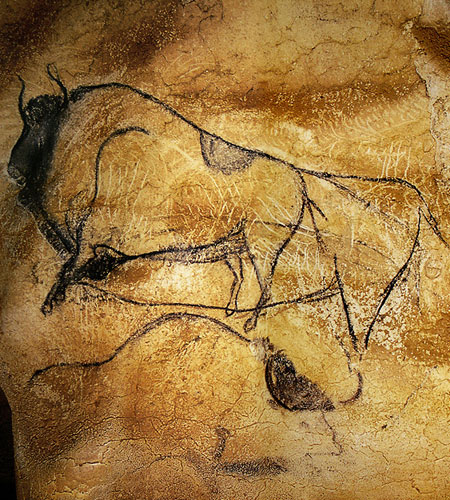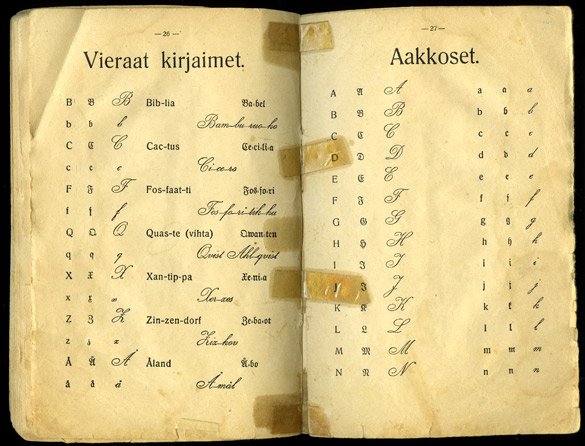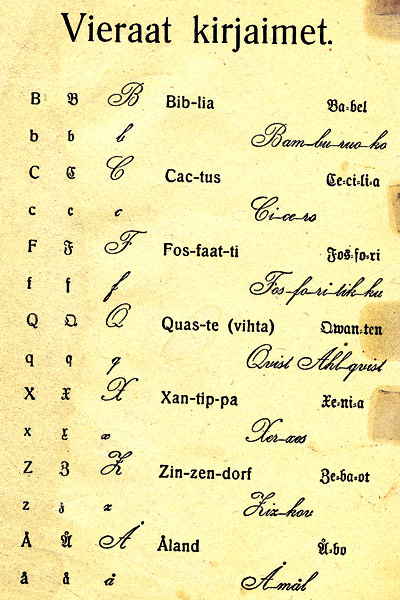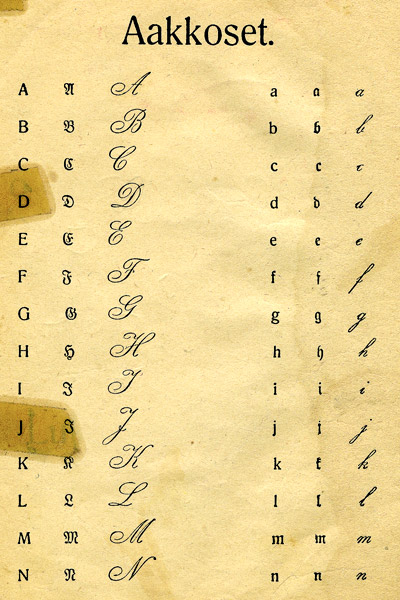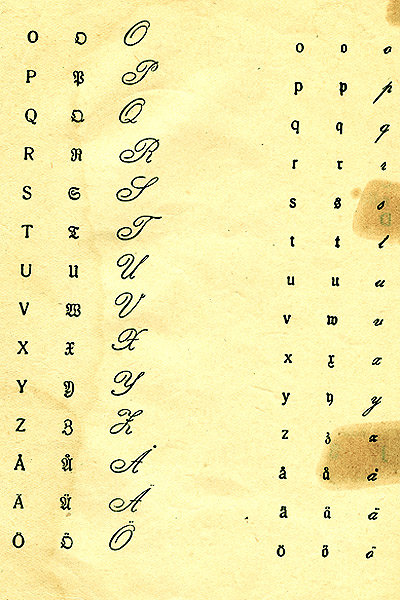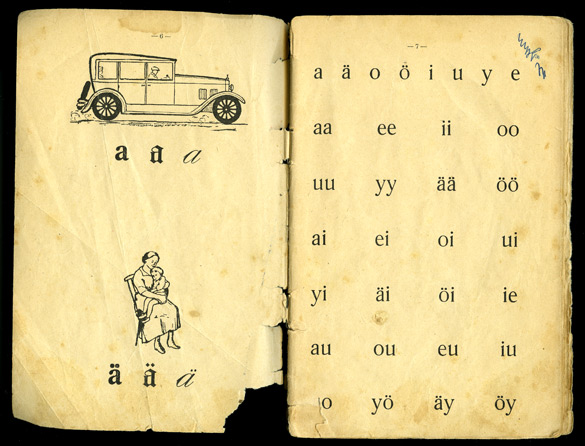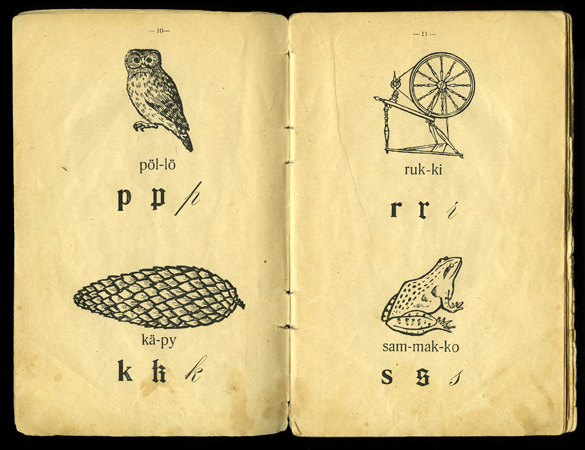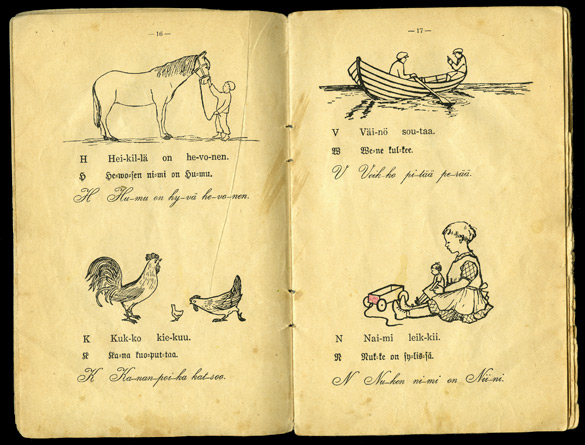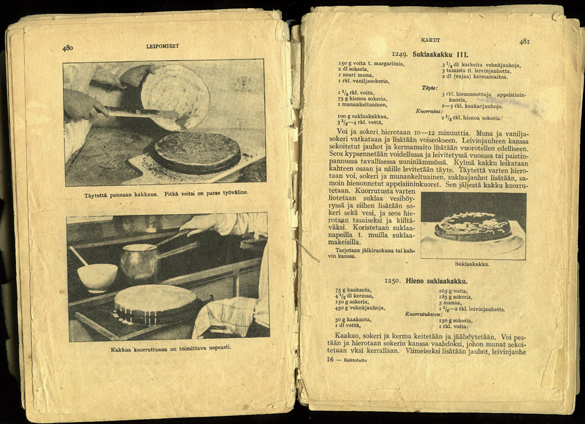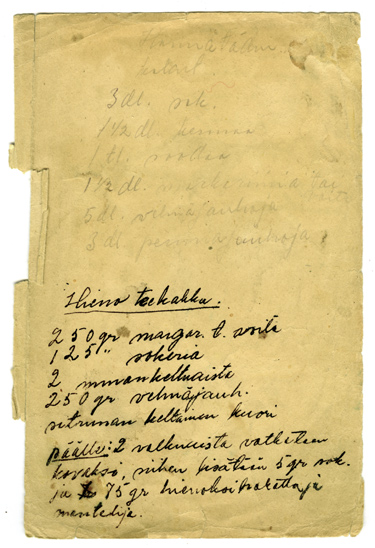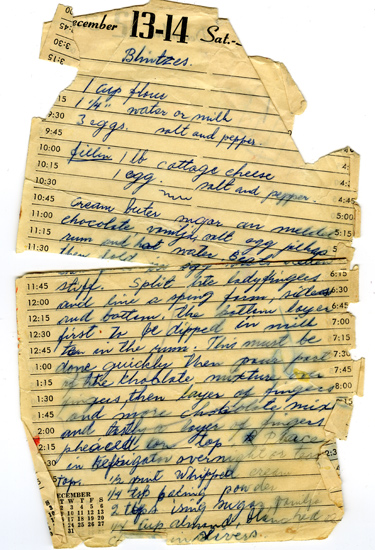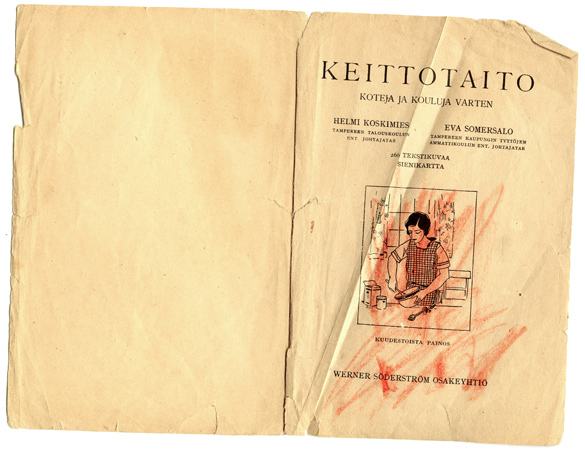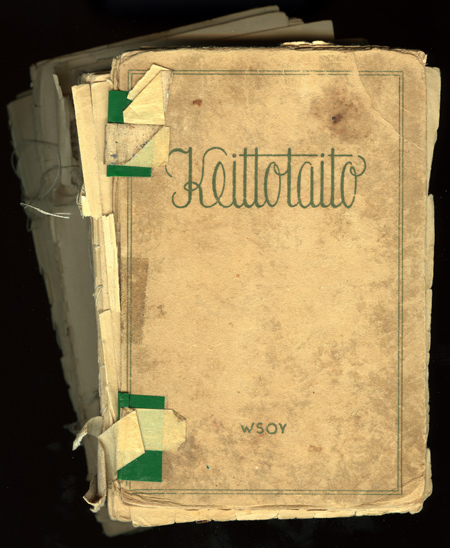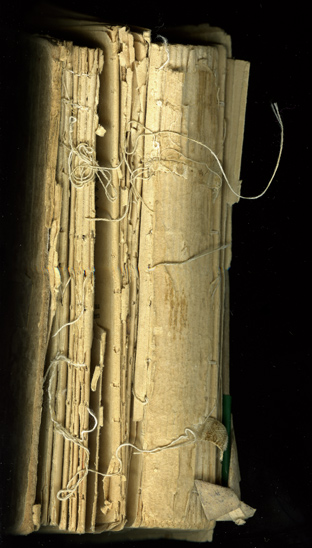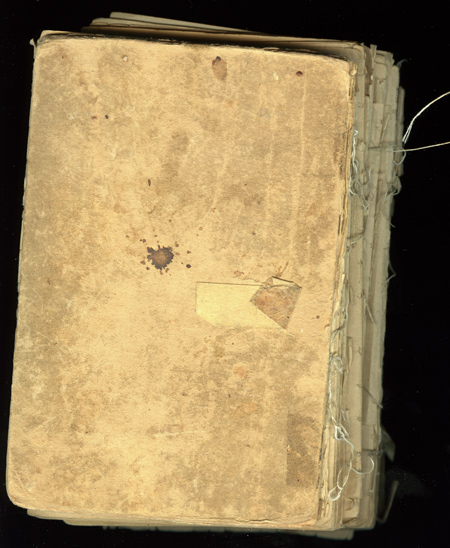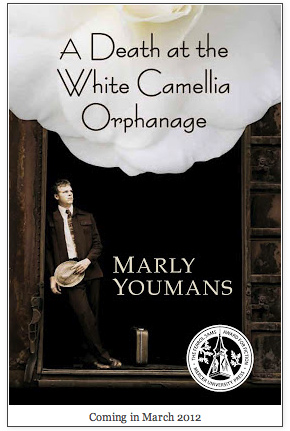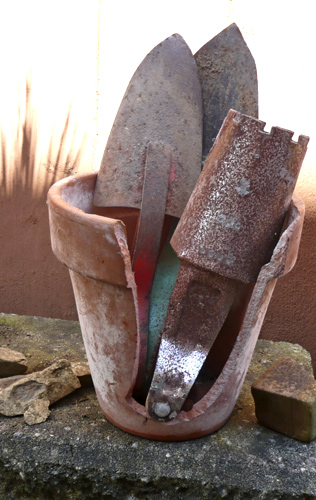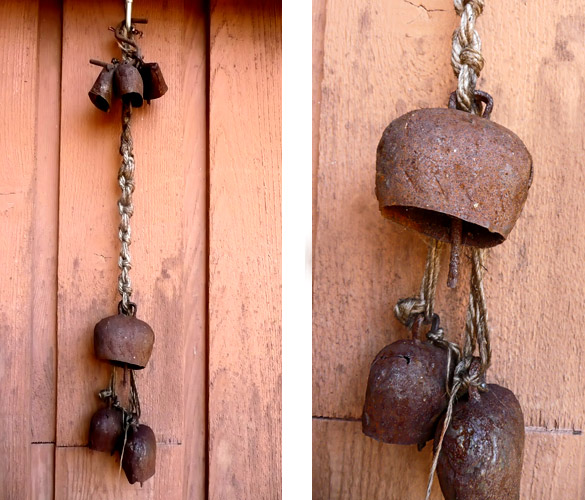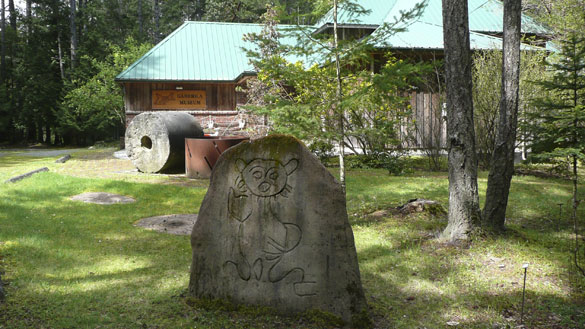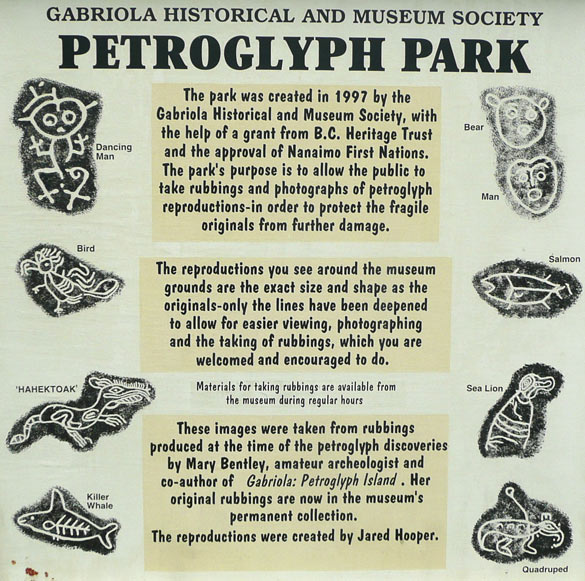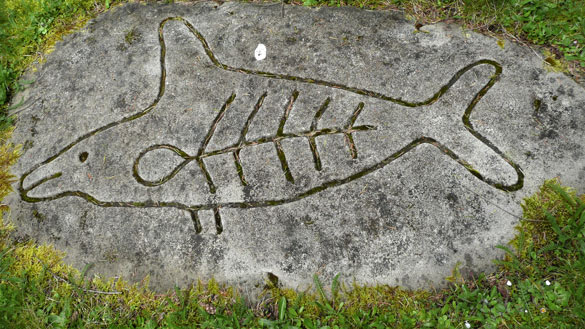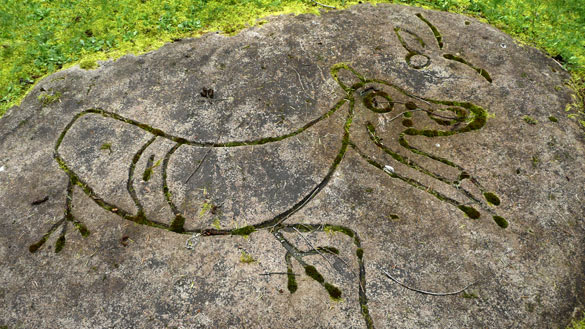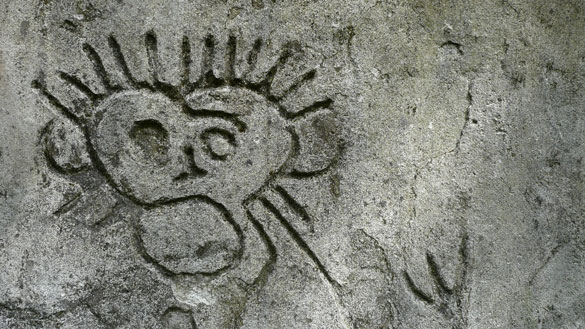reading & sleeping
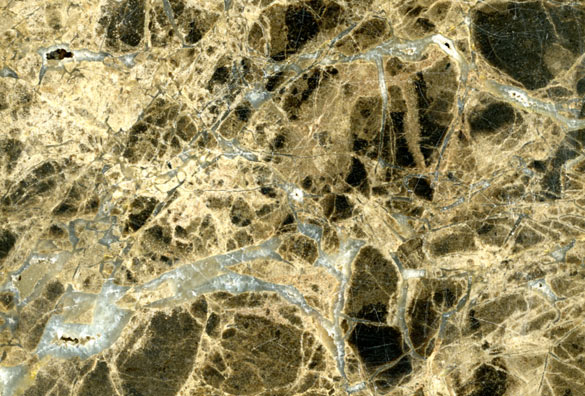
I’m taking it easy this week nursing a cold. With tissues and tea beside me, I am really enjoying the guilty pleasure of more reading time with a timely receipt of a library book I’d placed on hold: P.D. James’ Death Comes to Pemberley. More than half way through and loving it, the only one of this grand dame’s books I’ve ever read. A dear friend is a keen fan of James so I’d given her a copy of this for her birthday last year. As a Jane Austen fan, it was high time to read this for myself and what a pleasure!
As you know, I love textures and stone, and this scan I once did of marble seems just right today, an illustration of the condition of my brain cells this week?
